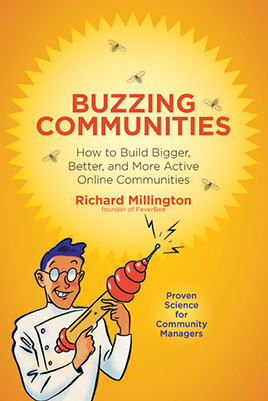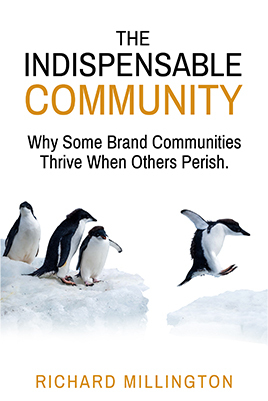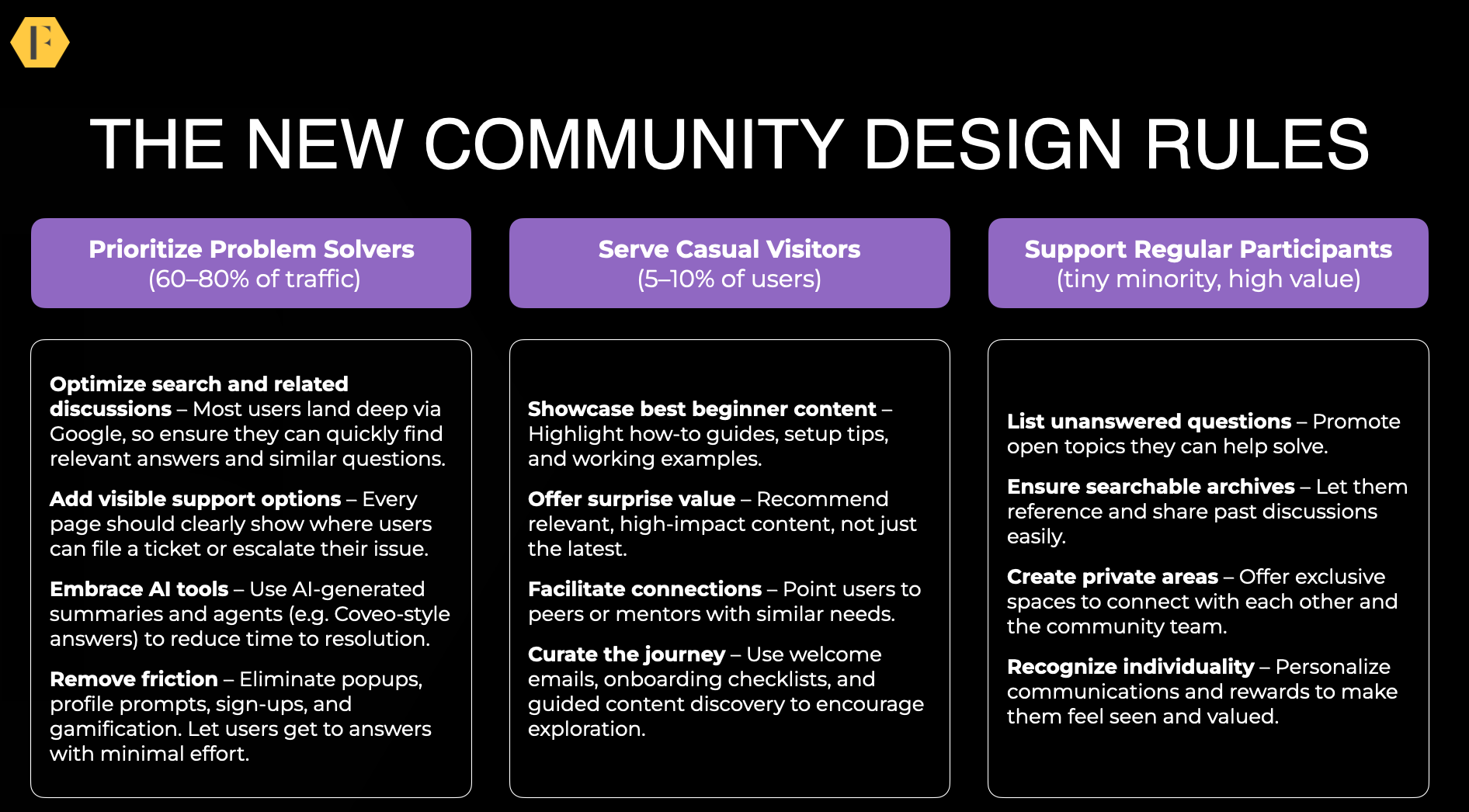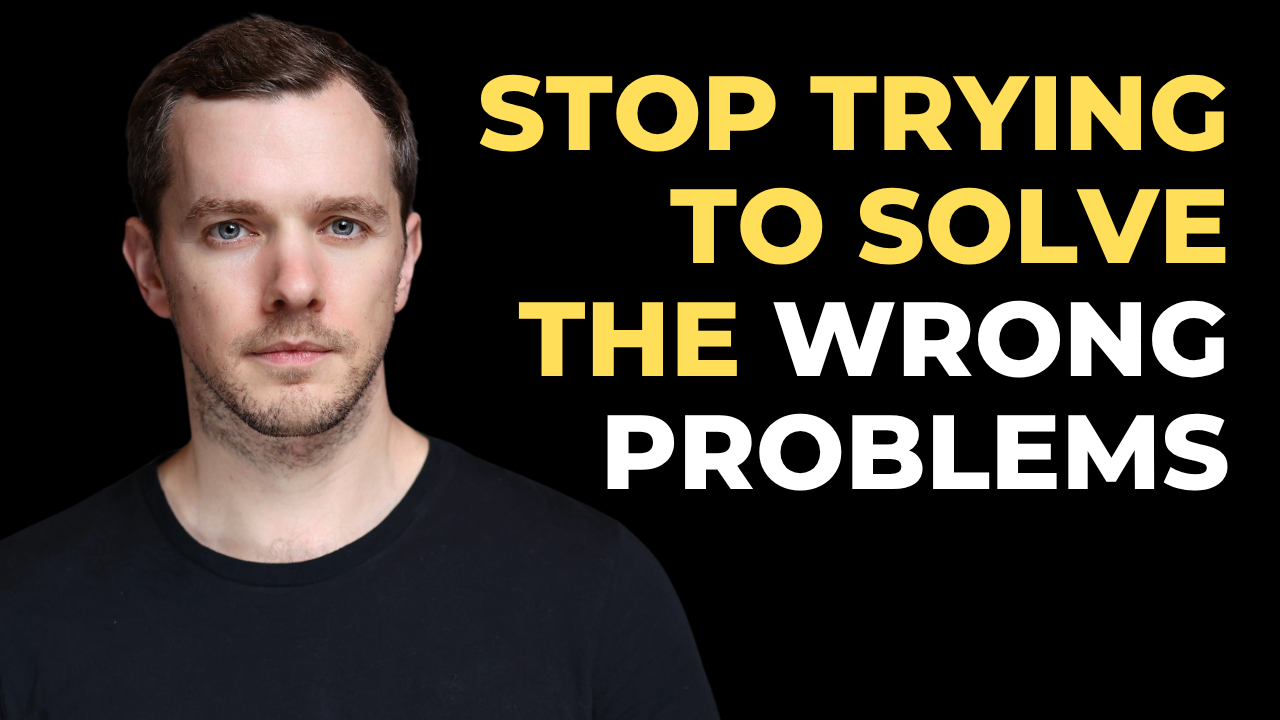Participation styles aren’t consistent across social groups.
A study of 20 papers in online health communities found the only consistent style was in highly engaged users (who participated a lot) and lurkers (who didn’t participate at all).
That leaves a big gap in the middle for different participation styles. Sure, you can see what activities people are doing, create categories around them, and declare them as unique clusters. But now you’re drawing arbitrary lines among very fluid groups.
Imagine a member is really active for 1 month, then takes on a big project and goes quiet for a month, then re-appears at a lower level of activity a month later, before getting back up to full speed the next month
This member would be placed in entirely different clusters depending if you averaged contributions over the previous 1, 2, 3, or 4 months. Worse yet, your clusters will go haywire over summer and Christmas where all contribution levels drop.
That’s the problem when we try to create clusters by activity levels. The boundaries between clusters are too fluid. Activity is not a good way of segmenting your group. It’s not psychologically deep enough to matter, it’s too prone to random outside influence, and there aren’t enough shared traits among the group to cater for – other than to tell them to do even more activity.
This is why the commitment curve, the technographics ladder, and more aren’t useful. They’re not predictive in environments where people jump around so frequently. Past activity isn’t very predictive of future activity. For example, starting a sub-group is often placed at the highest levels of commitment. But most sub-groups are abandoned within weeks.
Even taking a vacation can take someone from the highest to lowest groups in minutes. How can you possibly design a system to account for that?
It’s a good idea to create unique clusters you can spend more time on. But create these clusters by demographics or psychographics.
Create clusters by who the audience are (age, gender, type of job, background) or what the audience wants and needs. You can usually do this by identifying people that participate in specific types of discussions, by profile information, or even by a survey and letting people put themselves into groups.
Now you have boundaries that don’t shift often, you can better create content for each one, and you can increase their engagement regardless of outside events.
SPRINT LONDON – DECISION TIME
It’s time to decide if you want to equip yourself with battle-tested tactics and fresh ideas from Europe’s top community experts. Tickets are available from £230, click here.





